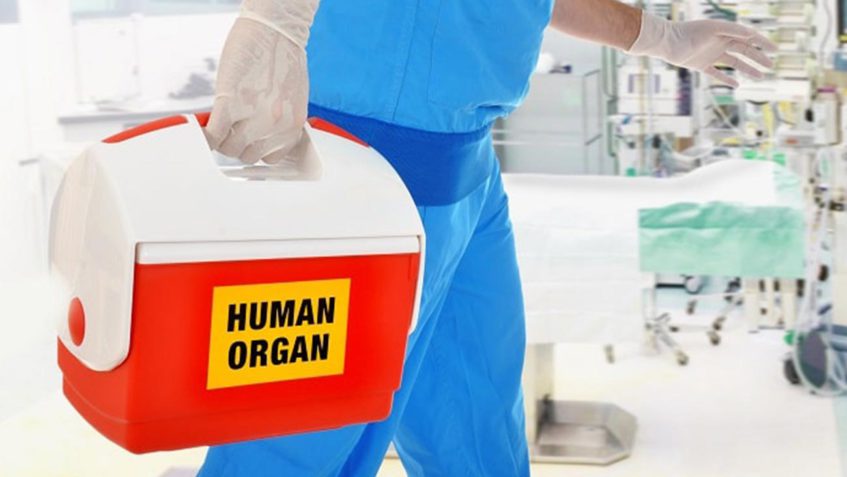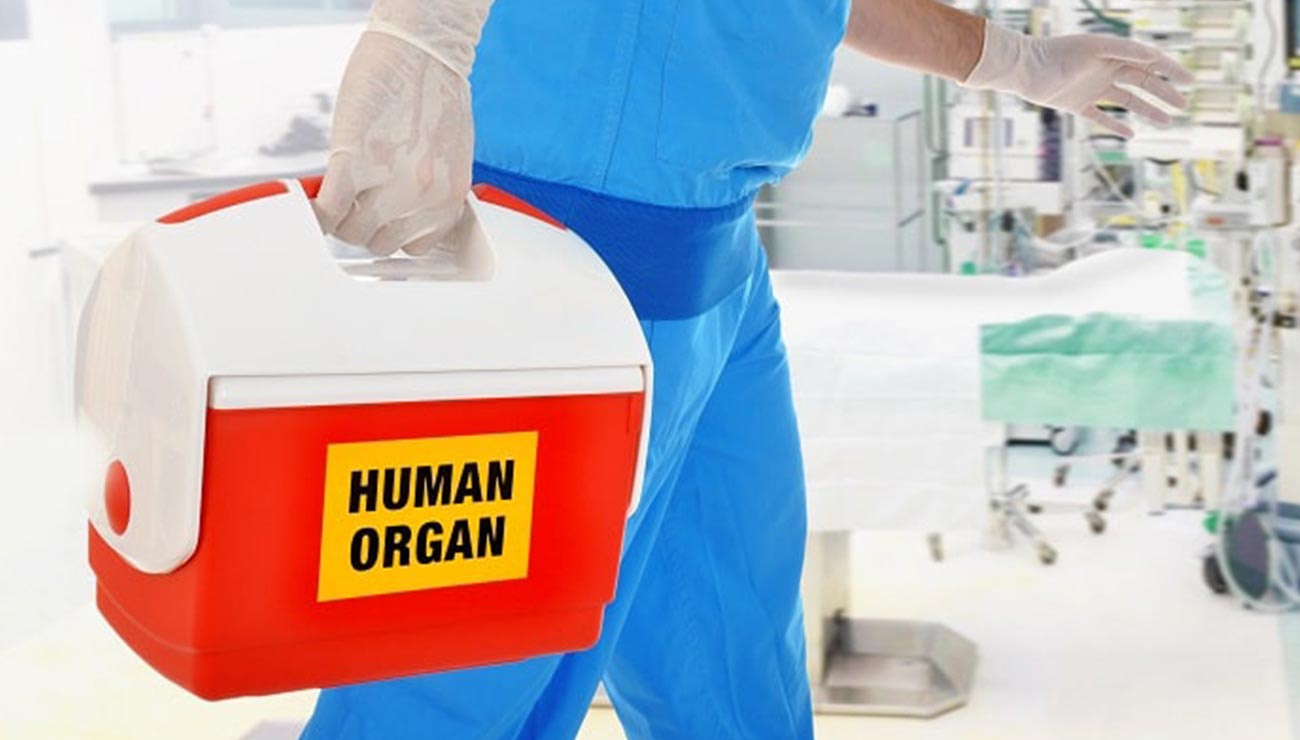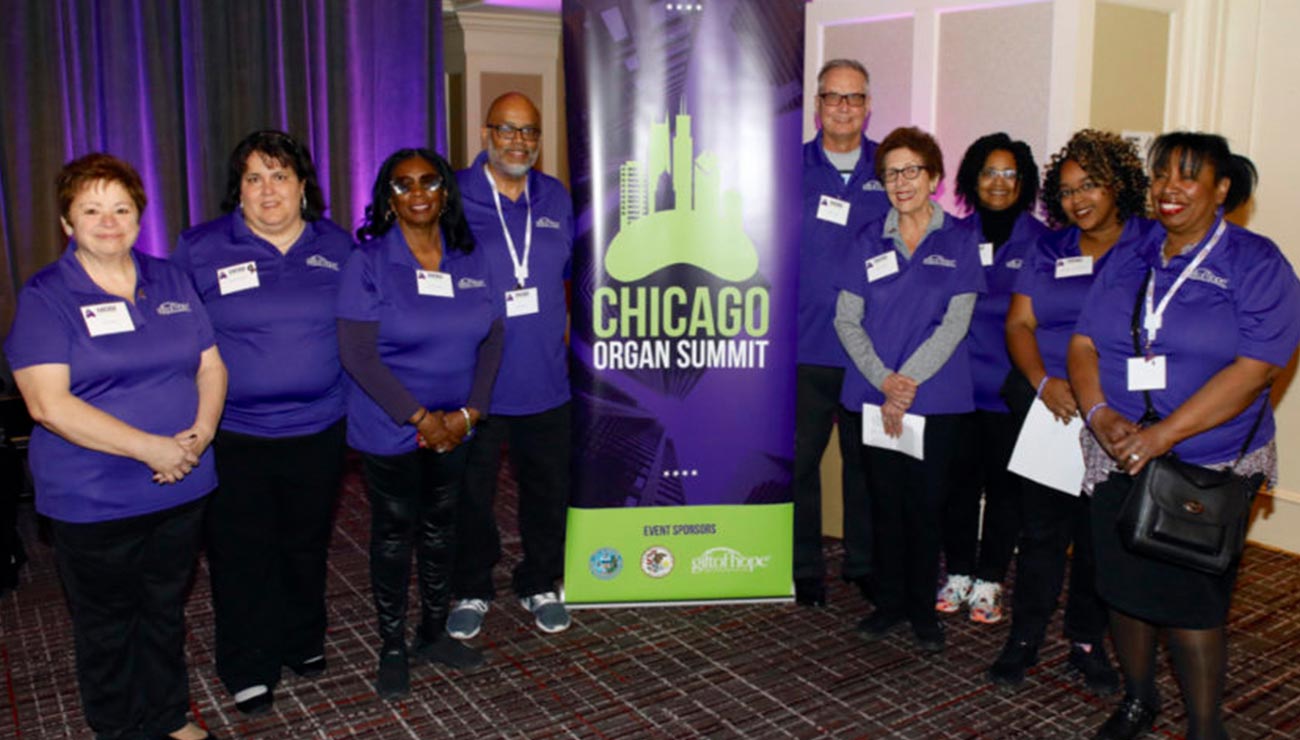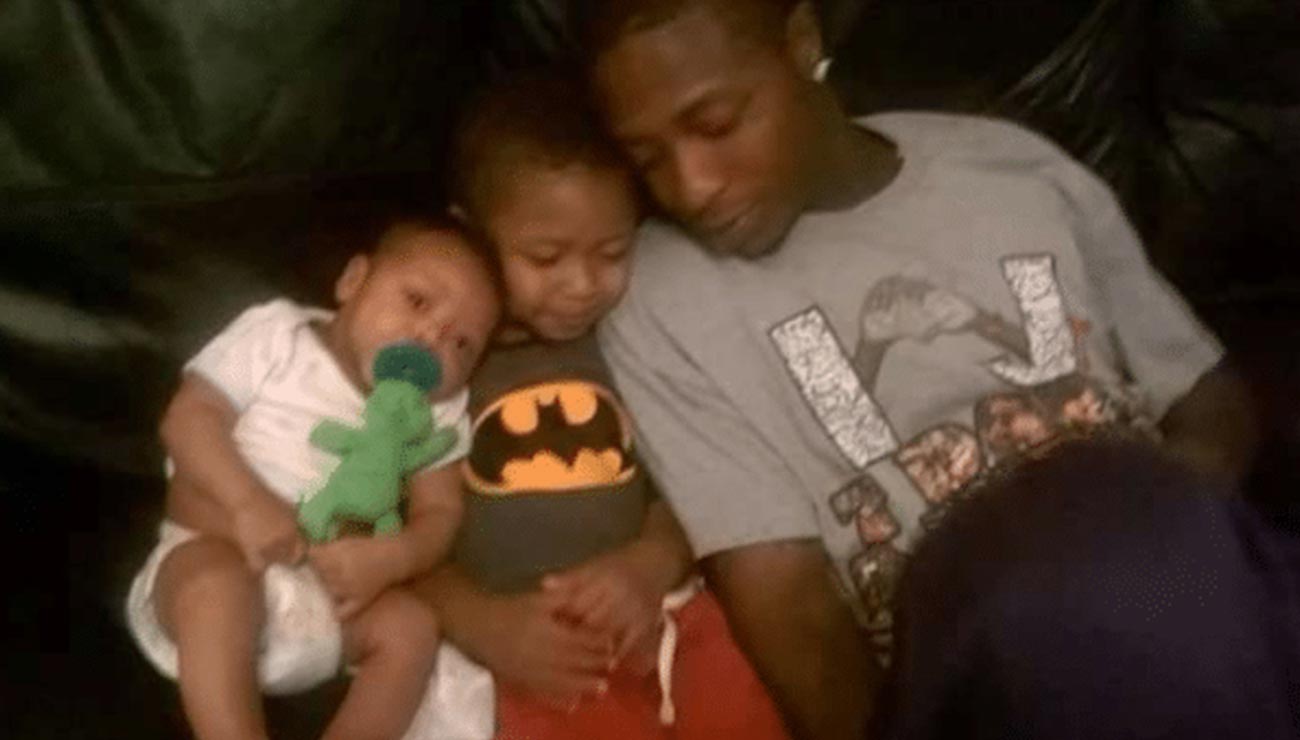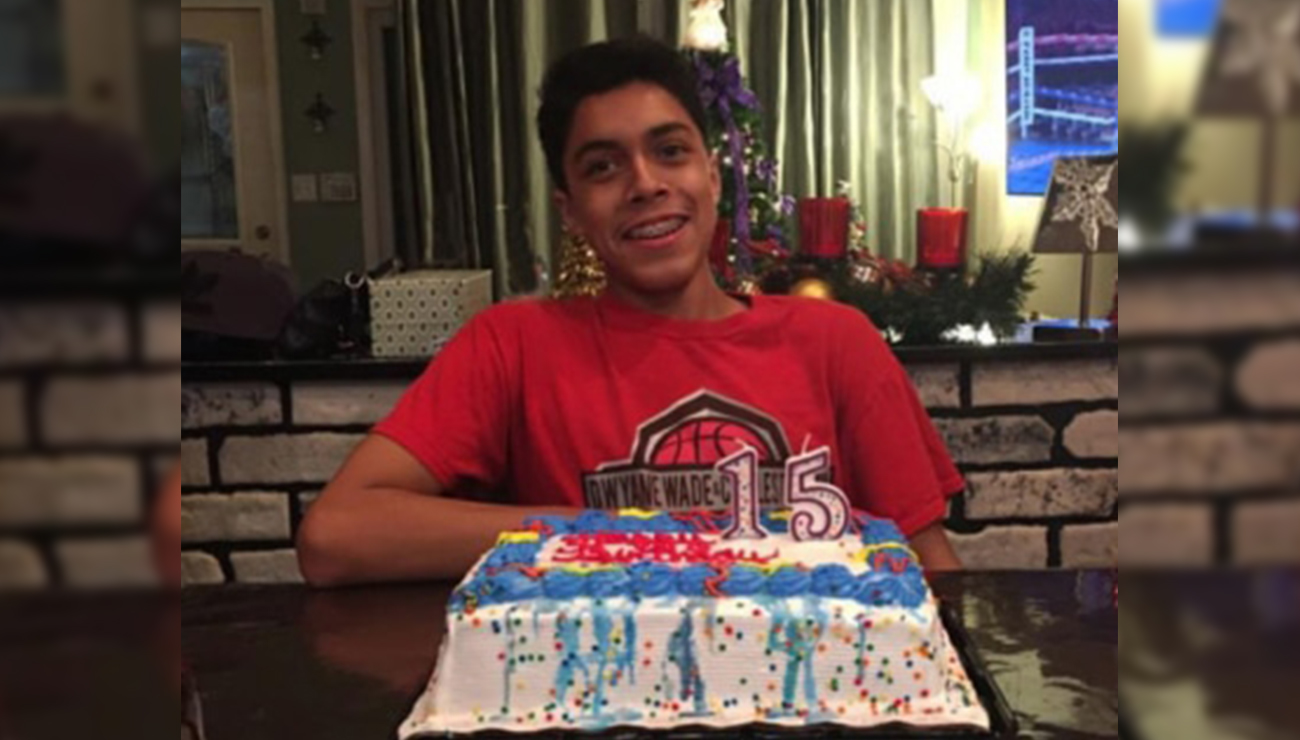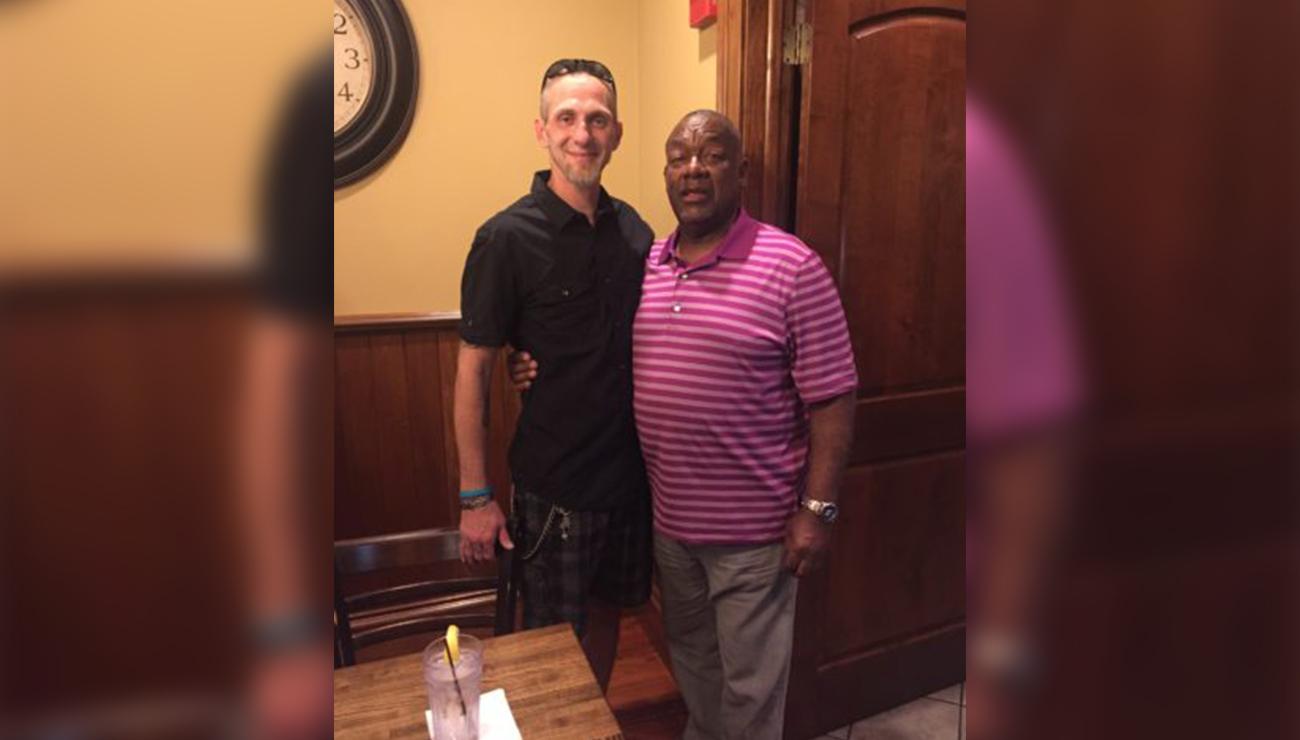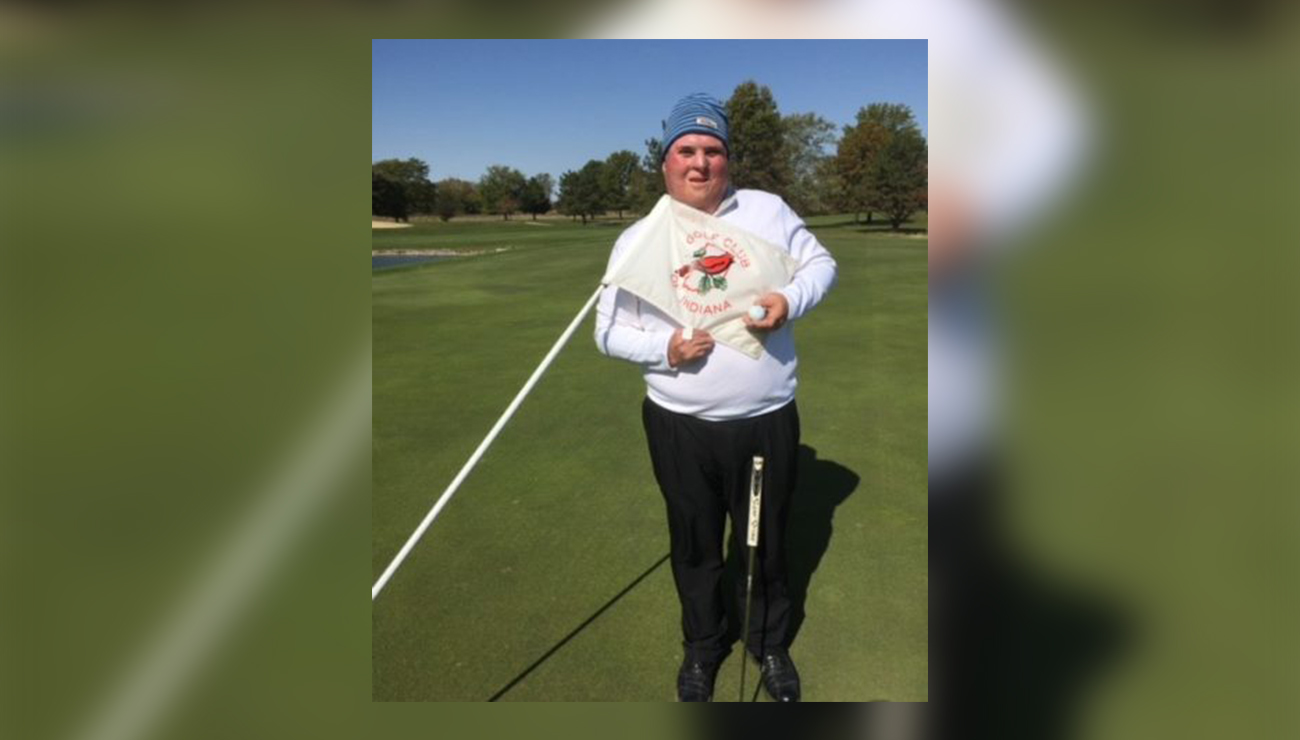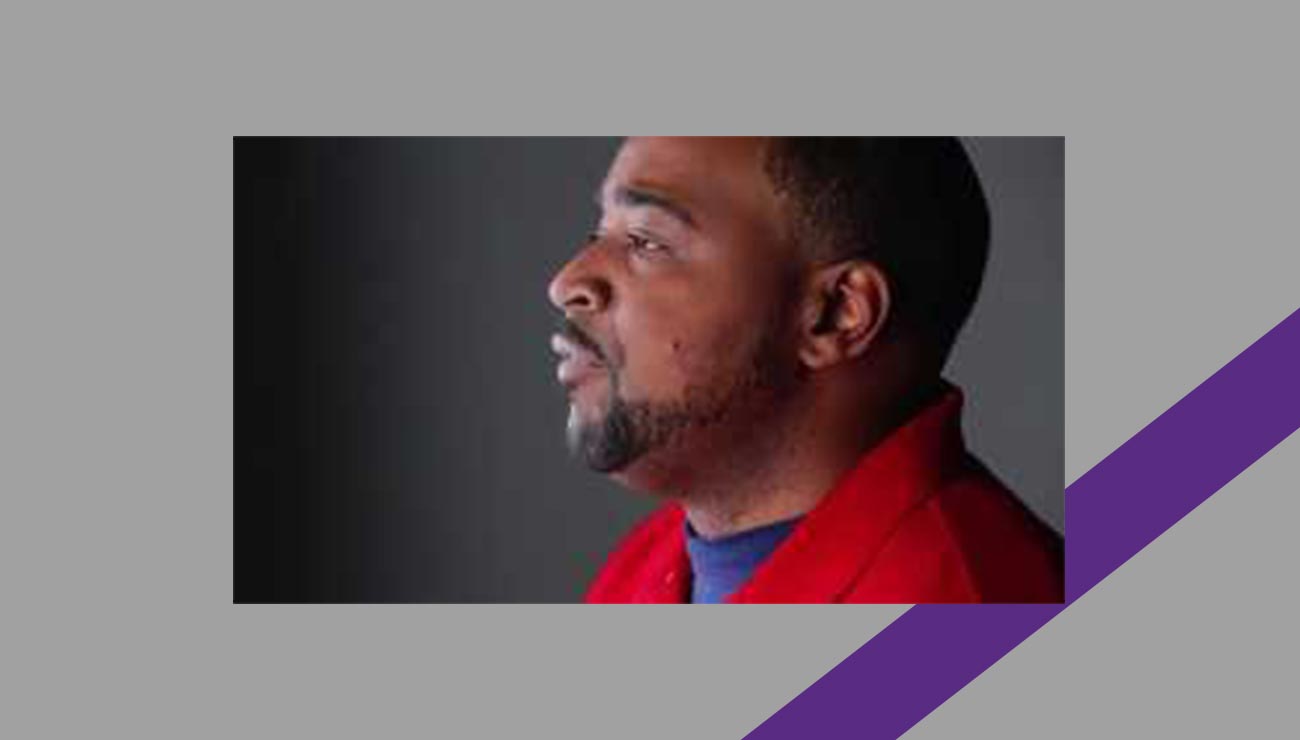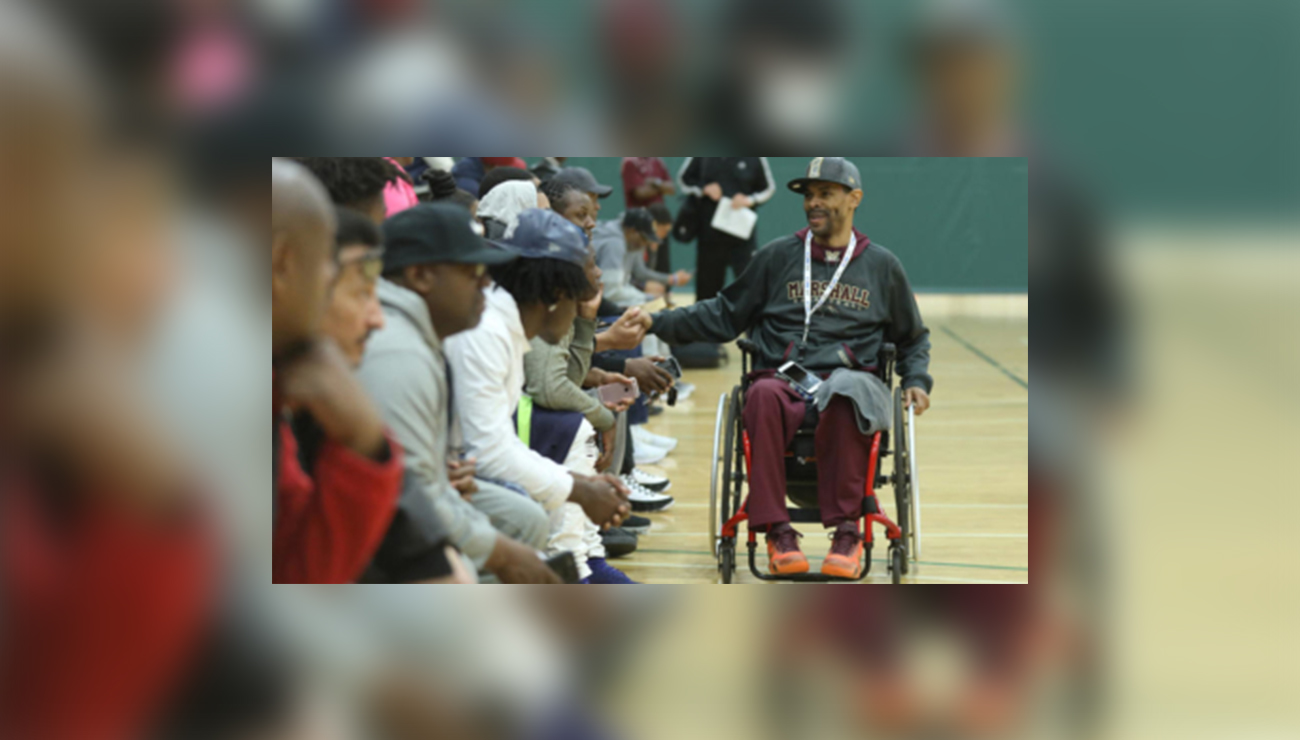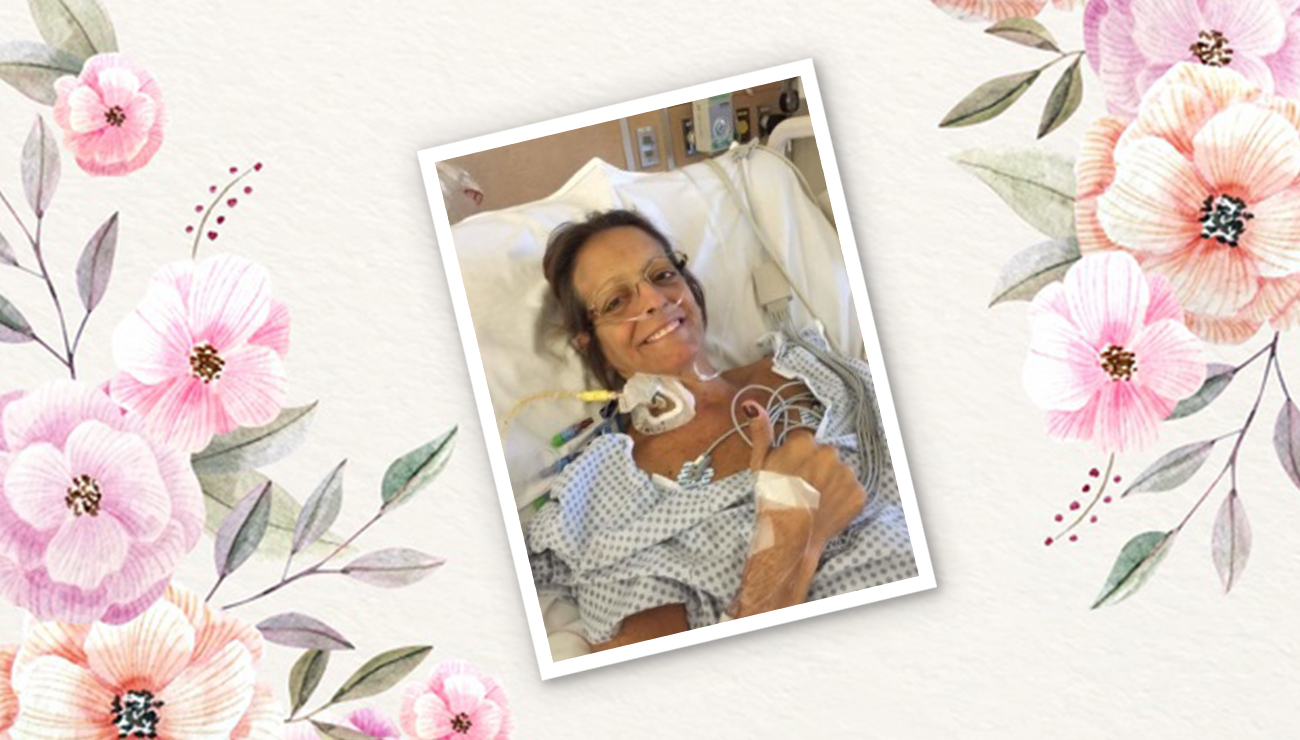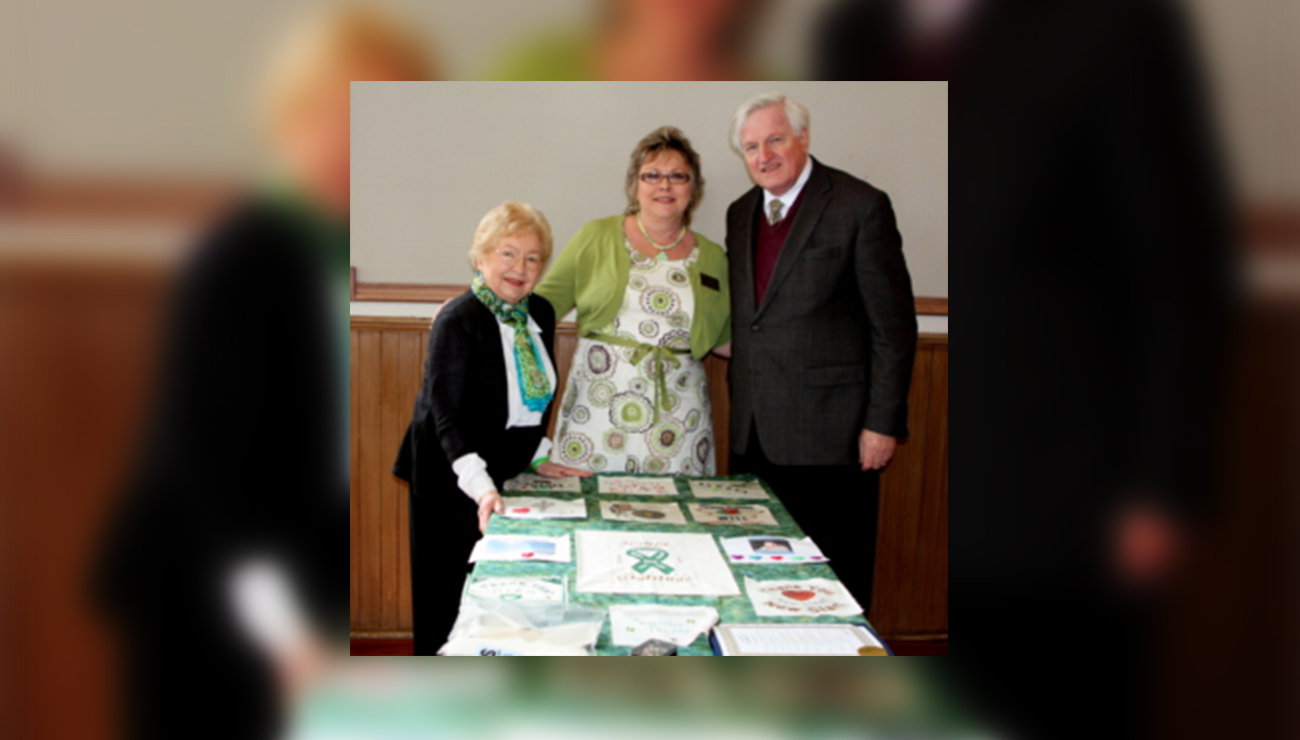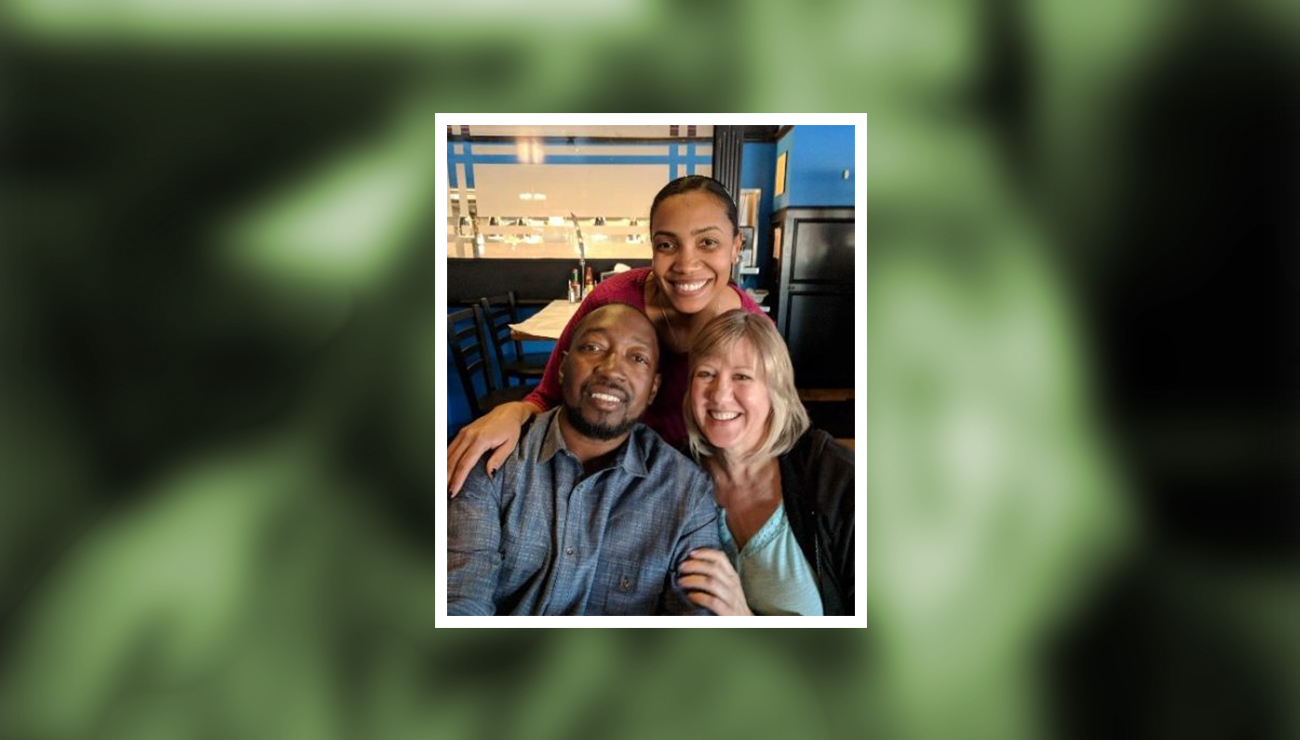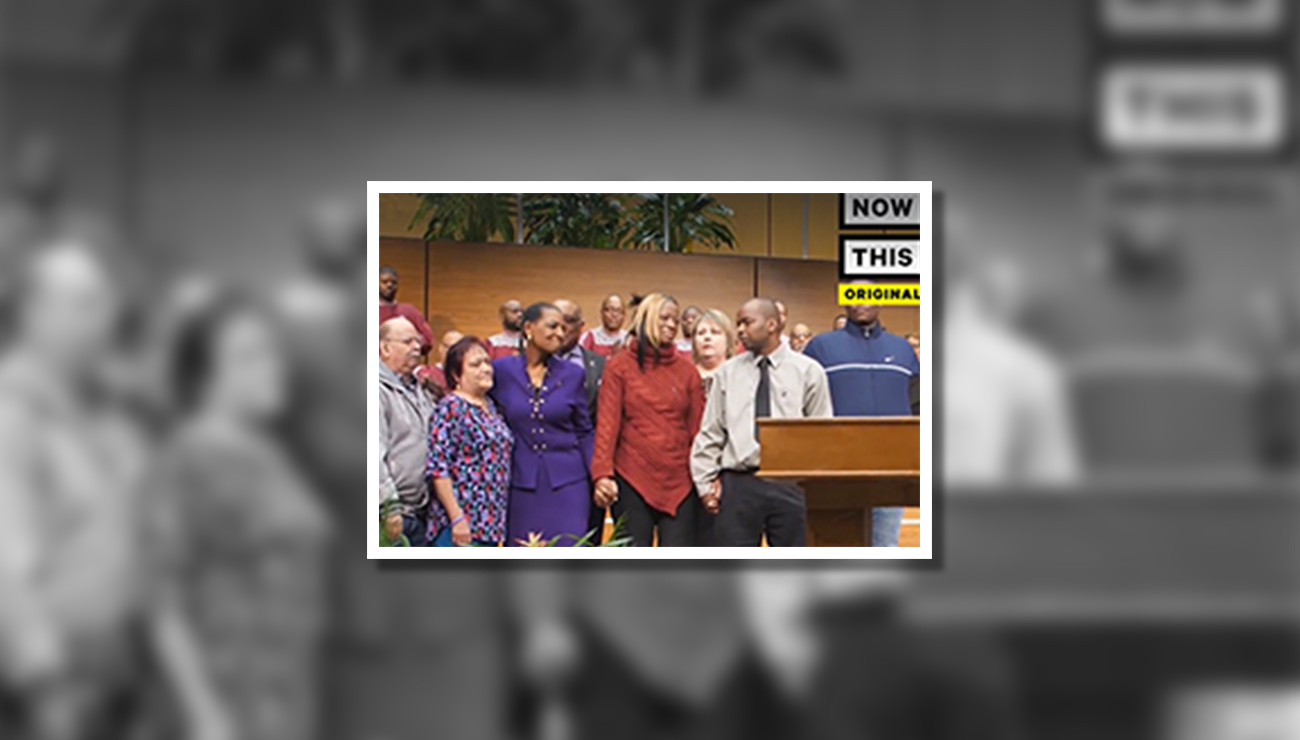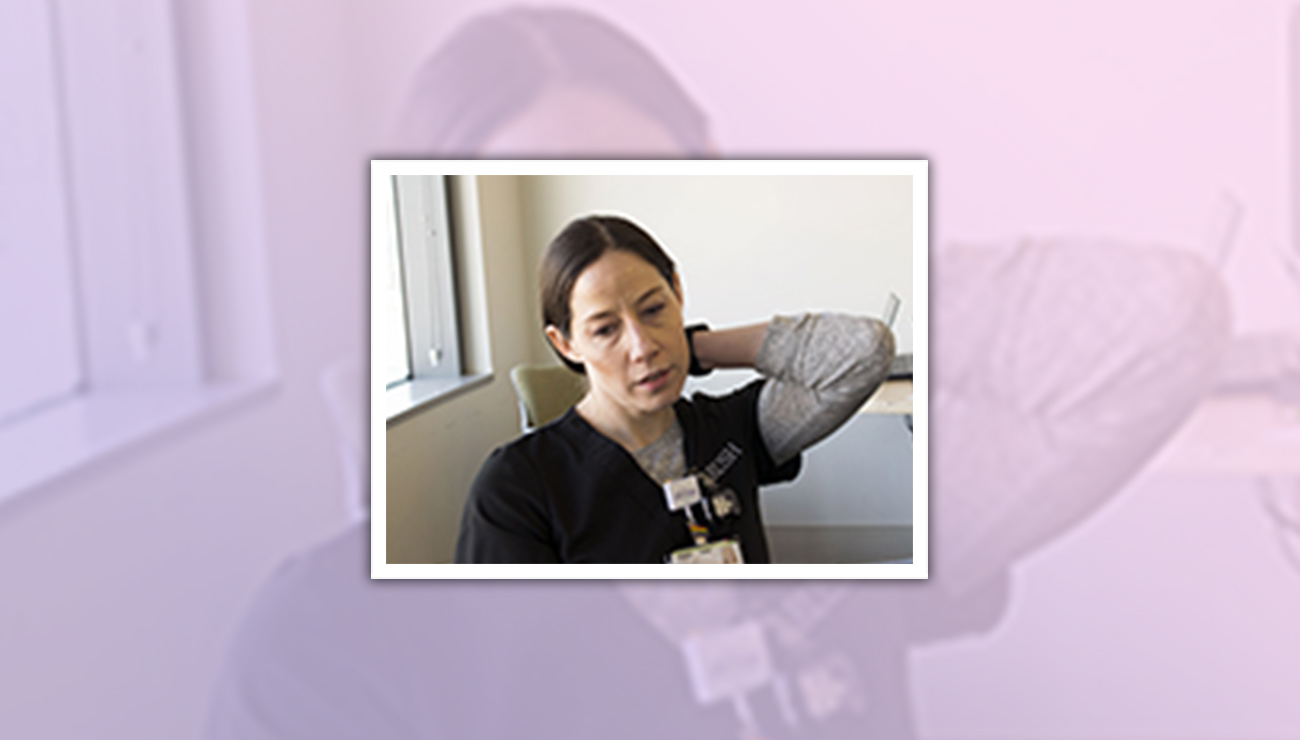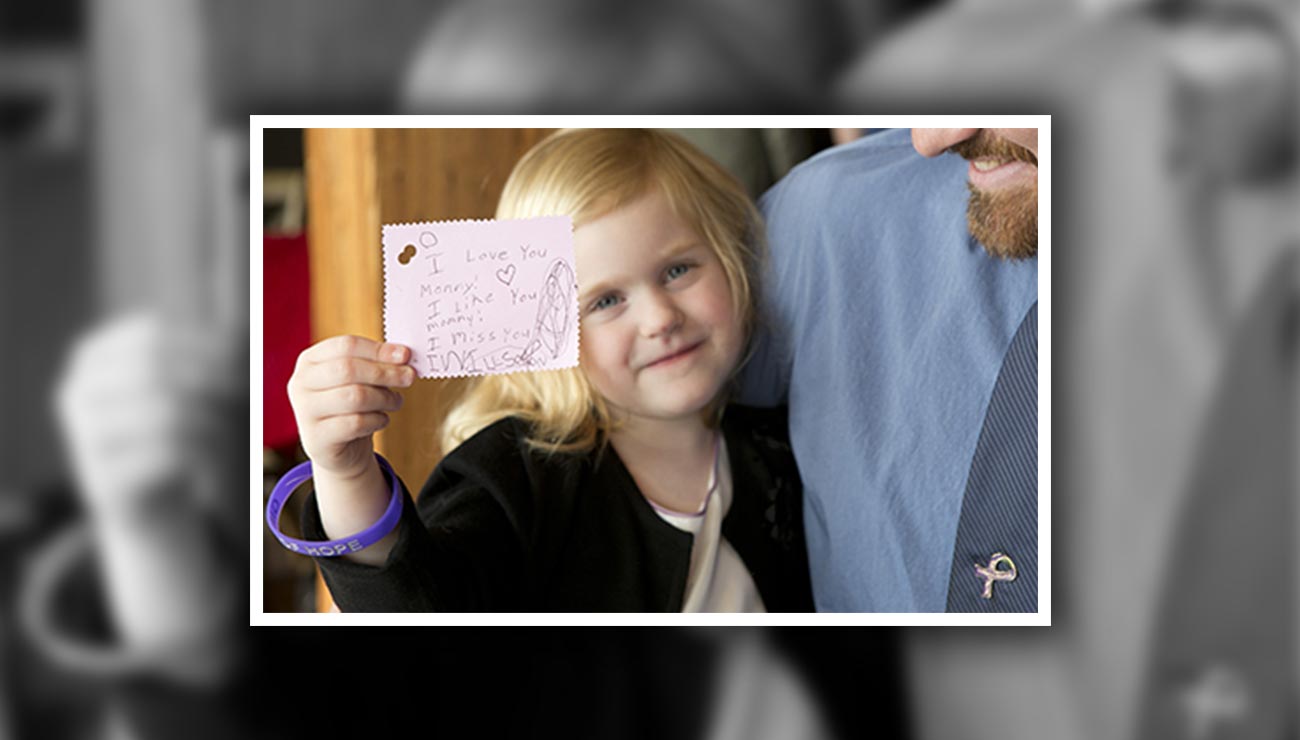Organ and tissue donation is a gift that costs you nothing but is priceless for the recipient. Just ask Alejandro from Texas who was finally able to clearly see his family for the first time at the age of seven after receiving the gift of a cornea from a donor. Talk with Donald in New York who is thankful that he received a heart from an organ donor that has allowed him to be part of the lives of his four grandchildren.
These are just two of the many transplant success stories chronicled on Organdonor.gov. Although many have been saved, there are still more than 113,000 people waiting for life-saving organs. Each day, 20 or more people die waiting for the incredible gift that was never found according to United States Government Information on Organ Donation.
Gift of Hope Organ and Tissue Donor Network was founded to help facilitate organ donation. This federally designated not-for-profit agency coordinates organ and tissue donation in the northern three-quarters of Illinois and northwest Indiana. It offers support and education for donors and encourages everyone to become an organ and tissue donor. Although most donations are given after death, it is also possible to be a living donor. Here is some information about what happens following a donation.
Deceased donation process
Most tissue and organ donations occur after a person has died. In order to be a donor, the death must be from specific circumstances such as an illness, severe head trauma, brain aneurysm or stroke. Only two percent of the 2.2 million people who die each year are eligible donors according to the Health Resources & Services Administration.
These patients are often placed on artificial or mechanical support to keep oxygen-rich blood flowing to the organs so they remain viable. The medical team will do everything possible to save the patient’s life, but if they are unsuccessful and the person’s brain is no longer functioning, the person can no longer survive. It is not until this point that organ donation is considered.
When it is determined that death is imminent, Gift of Hope is notified to find a perfect match. Many factors are taken into consideration from the blood type of the donor to the health status of the recipient. Time is crucial with a window of only four to six hours for a heart and lung transplant, 12 to 15 hours for a liver transplant and 36 to 48 hours for a kidney transplant. Other tissues including bone, cornea, and skin are often donated also.
Once a recipient is found, the transplant is quickly scheduled. Within hours, people like Steve have their lives dramatically changed. Steve, an Illinois resident, was born with cystic fibrosis and had never been able to breathe properly. After years of living with only 10 percent lung capacity, Steve received a double lung transplant from a young athlete who tragically passed away. After the operation, he could breathe at 85 percent lung capacity and gained a new lease on life that has left him forever grateful.
Living donor process
Four out of every 10 organ and tissue transplants come from living donors. Most living donors are relatives or close friends of the recipients, but some living donors are simply moved to help those in need. Living donors may donate one of their two kidneys, one of the two lobes of their liver, a lung or part of a lung or part of the pancreas or intestines. Living donors can also possibly give skin, bone, healthy cells from bone marrow and umbilical cord blood. Careful tests must be completed to check for compatibility. The donor is also carefully evaluated to make sure there are no adverse physical, psychological or emotional issues present. More information about being a living donor can be found at the United Network for Organ Sharing (UNOS) website on their living donations page.
Many living donors are thankful to be able to help. The National Kidney Foundation chronicles the story of 12-year-old Klarissa Ramirez whose kidneys had failed. Klarissa’s mother donated one of her kidneys to her daughter. Mother and daughter were a perfect match and are still both healthy and strong several years later. When Klarissa graduated from college, she entered the field of medicine with the goal of helping others.
The transplant process
The medical procedure involved in receiving a donated organ or tissue varies greatly. Organ transplant patients must carefully monitor their health and diligently take rejection and anti-rejection medications. A healthy diet, proper exercise, and regular medical care are all very important for transplant success.
Thoughtful care is also provided for the donor family. About 14 days after donation, the donor’s family receives a letter describing how the donation was used. One organ and tissue donor can potentially impact up to 25 lives. The privacy of the donor family and the recipient is respected and no names are released without permission from both parties. Information and other services are also offered to the donor family.
The role of Gift of Hope
Gift of Hope’s mission is to help connect donors with those who are in need. Since being founded in 1986, Gift of Hope has helped arrange 23,000 organ transplants and continues to work with 180 hospitals that serve 12 million people in an effort to save even more lives. Join the effort by registering to be a donor today. For more information on becoming a donor, visit https://www.giftofhope.org/contact.

